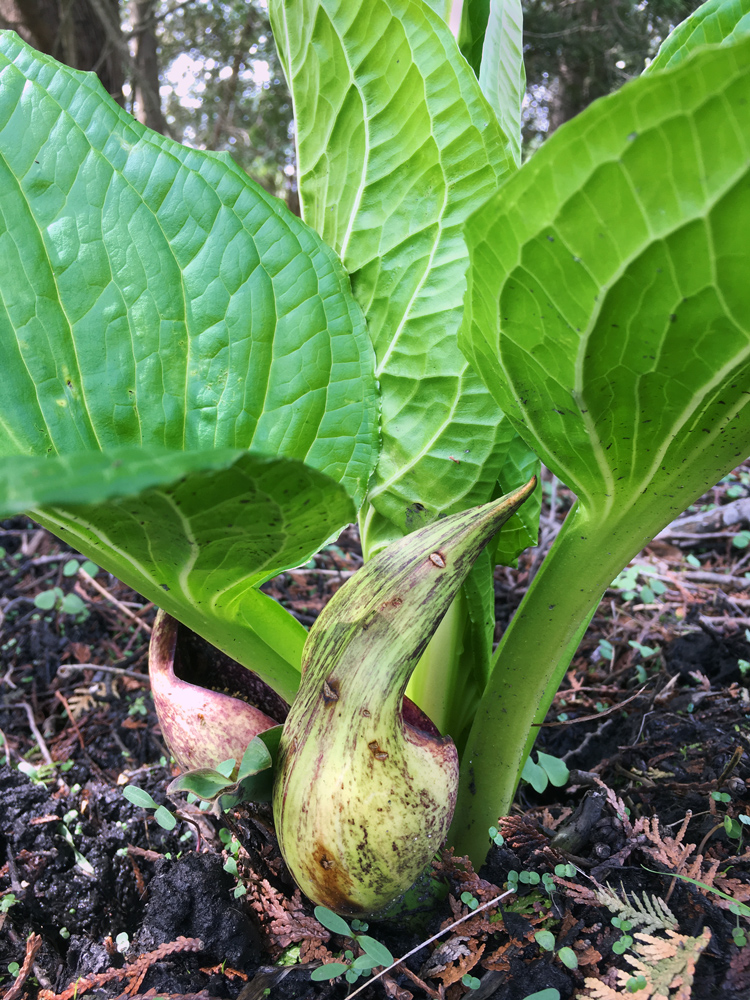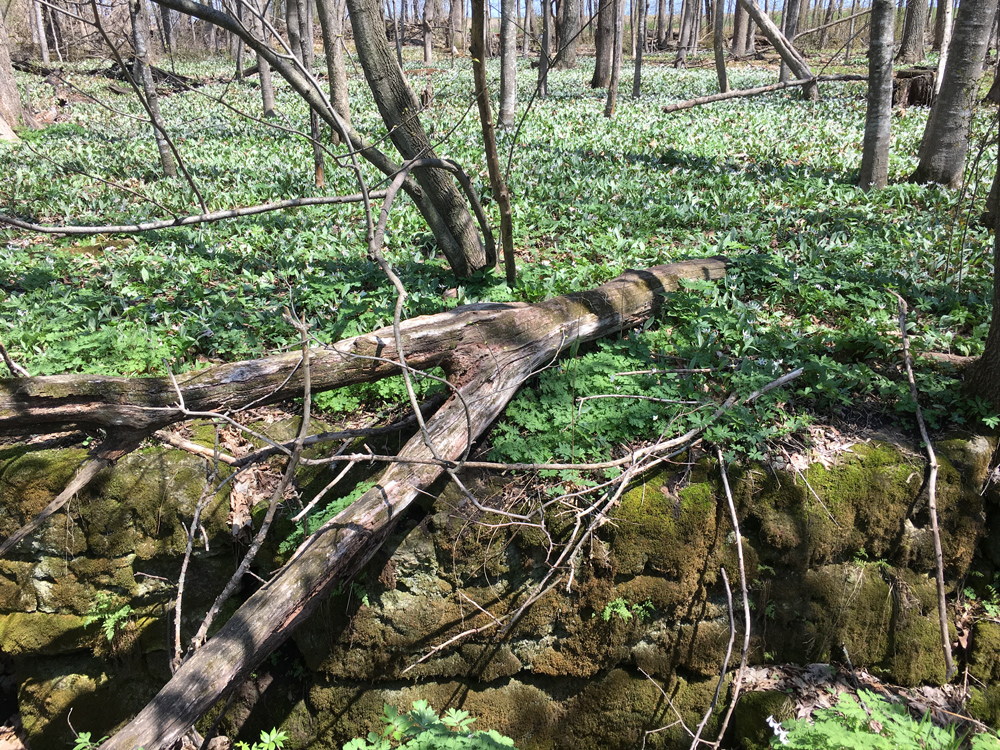“During every week
from April to September there are, on the average, ten wild plants coming into
first bloom. In June as many as a dozen species may burst their buds on a
single day. No [one] can heed all of these anniversaries; no [one] can ignore
all of them. … Tell me of what plant-birthday a man takes notice, and I shall
tell you a good deal about his vocation, his hobbies, his hay fever, and the
general level of his ecological education.”
~ Aldo Leopold
Phenology is the
study of seasonal changes in the landscape, such as the emergence of plants and
the migration of animals. Hearing the term reminds me of A Sand County Almanac, Aldo Leopold’s epic tribute to the natural
world. The quote above is from a chapter entitled Prairie Birthday, which strikes me as appropriate for the landscape
of Lakeshore State Park. This 22-acre treeless island in Milwaukee Harbor,
which was wholly fabricated from debris excavated from Milwaukee’s deep tunnels,
has been planted with flowers and grasses native to Wisconsin prairies.
It is a bold
initiative, creating a park from scratch and in such an unlikely and precarious
location between city and lake. Leopold also wrote this:
“I have read many
definitions of what is a conservationist, … but I suspect that the best one is
written not with a pen, but with an axe. It is a matter of what a man thinks
about while chopping, or while deciding what to chop. A conservationist is one
who is humbly aware that with each stroke he is writing his signature on the
face of his land.”
I went to
Lakeshore State Park for a phenology hike. It was a brilliant morning, not a
cloud in the sky. The day promised to be hot, but the cooling effect of Lake
Michigan had so far mitigated the relentless sun. A great time to explore the park.
In the shade of a grove of river birches at the north entrance, I joined a
small gathering, which had been organized by the Southeast Wisconsin Hiking
Group of Meetup.com.
This story was posted June 22 in The Natural Realm, a new blog on the new A Wealth of Nature website. Please click here to go to continue reading.







































 Crown imperial (fritillaria) nestled among bluebells at Boerner Botanical Gardens, Hales Corners.
Crown imperial (fritillaria) nestled among bluebells at Boerner Botanical Gardens, Hales Corners.
 Marsh marigold patch, Greenfield Park, West Allis
Marsh marigold patch, Greenfield Park, West Allis Forsythia and South Ravine Bridge, Lake Park, Milwaukee
Forsythia and South Ravine Bridge, Lake Park, Milwaukee
 Hawthorn budding, Zinn Preserve, Town of Erin, Washington Co.
Hawthorn budding, Zinn Preserve, Town of Erin, Washington Co. White trout lilies, Niagara Escarpment, Town of Leroy, Dodge Co.
White trout lilies, Niagara Escarpment, Town of Leroy, Dodge Co. Trout lily patch, Niagara Escarpment, Town of Leroy, Dodge Co.
Trout lily patch, Niagara Escarpment, Town of Leroy, Dodge Co. Yellow trout lilies, Sanctuary Woods, Milwaukee County Grounds, Wauwatosa
Yellow trout lilies, Sanctuary Woods, Milwaukee County Grounds, Wauwatosa White trilliums, Jacobus Park, Wauwatosa
White trilliums, Jacobus Park, Wauwatosa Tulips, Boerner Botanical Gardens, Hales Corners.
Tulips, Boerner Botanical Gardens, Hales Corners. Redbud, Boerner Botanical Gardens, Hales Corners
Redbud, Boerner Botanical Gardens, Hales Corners Bloodroot, Retzer Nature Center, Waukesha Co.
Bloodroot, Retzer Nature Center, Waukesha Co.